A packed bus approaches Checkpoint Charlie, the Cold War's most famous border crossing, as grim-faced East German guards whisper among themselves about whether to hold you for questioning.
After a few heart-stopping minutes, you and your fellow passengers are free to pass into the smog, soot and shadowy intrigue of 1980s East Berlin.
“Our idea was that if we can't take you back in time yet, let's try to create the perfect illusion of it,” TimeRide founder Jonas Rothe, 33, told AFP.
“This isn't a museum and we don't want to be. We want to let you lose yourself in the feeling of being a participant in history.”
TimeRide Berlin opened in late August ahead of celebrations of the 30th anniversary of the triumphant fall of the Wall on November 9, 1989 in a peaceful people's revolution.
It taps into a growing desire for “authentic”, interactive and immersive historical tourism, Rothe said, especially in a cityscape that has undergone a dramatic transformation in those three decades.
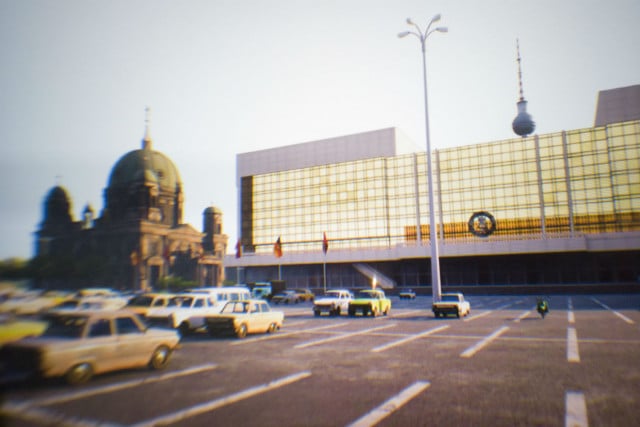
The Palast der Republik, Berlin's TV Tower and the Berlin Cathedral from behind the Wall, as scene through virtual reality. Photo: DPA
Where's the Wall?
Many tourists are disappointed to find few traces left of the loathed barrier that divided Berlin for nearly 28 years, which was rapidly torn down in the rush toward reunification in 1990 and its aftermath.
Rothe, who was born in the eastern city of Dresden but just a toddler when the Wall came crashing down, said he wanted to give his customers a vivid sense of a lost world.
TimeRide guests get a quick introduction into how vanquished Germany was divided into sectors after World War II, and how the communist authorities in 1961 sealed the border overnight to stop a mass exodus to the west.
In the next room, three protagonists — a rebellious tile layer, a disillusioned true believer, and a West Berlin punk who spent a lot of time in the east's underground scene — introduce themselves via a video screen.
Visitors choose one of the trio to “lead” them on the tour, then board a mockup bus and slip on a pair of VR goggles.
The “ride” takes in the tense border crossing, the elegant Gendarmenmarkt square with its two cathedrals still bearing heavy damage from World War II, and new pre-fab high rises on Leipziger Strasse that were then the height of residential luxury.
Stasi agents keep not-so-subtle tabs on citizens from unmarked cars, while consumers queue up for scarce fresh produce and communist propaganda spouts from megaphones.
Rothe said he aimed to create a fully immersive experience.
“Of course smell has the strongest connection to memory but it's not easy to recreate without giving people a headache,” he quipped, thinking in particular of the unmistakable stench of exhaust from East German Trabant cars.
The bus ride reaches its finale at the Palace of the Republic, a pleasure palace as well as home of the rubber-stamp parliament which was demolished in 2008, and features actual footage of the joyous fall of the Berlin Wall.
“Those images never fail to move people — it was a decisive turning point in the history of Germany, Europe and the whole world.”
Founder Jonas Rothe explains TimeRide and shows how it works.
'Old spy movies'
Business has been brisk in the weeks ahead of the anniversary.
Colin MacLean, 47, a Scottish IT professional, said he had come to learn more about East Germany because his wife grew up under communism, and he's a fan of Cold War thrillers.
“I like that kind of melancholic feeling that you get from old spy movies and stuff — big squares with just two people walking over them, that kind of thing,” he said.
Robert Meyer, a 55-year-old west German, often used to visit family living on the other side of the Wall.
“The way they showed the border crossing was so real,” said Meyer, who works in aviation safety.
“You'd have these guards and you were powerless before them — they could just treat you like they wanted.”
His wife Iris Rodriguez, 47, a restaurant owner originally from the Dominican Republic, said the “happy ending” had touched her.
“It was like everyone was in prison and in the end they came free,” she said. “Thank God all that's over.”
'Really be careful'
For all the frisson of border crossings and Stasi surveillance when seen with historical distance, the real-life suffering of dissidents under communist rule should not be taken lightly, Rothe said.
“What we don't show are the escapes, and in particular the deaths at the Wall.”
An estimated 327 people perished trying to cross the border between East. and West Germany to freedom, according to a government-commissioned study whose findings, however, remain disputed.
Rothe said that given the massive potential interest he could imagine offering a Nazi-era tour, but that the historical taboos would make it riskier.
“You'd have to really be careful about what you'd show and how respectfully you'd do it,” he said.
“You'd have to shine a light on all sides so that there would be no issue of glorifying anything, or showing anything that was unbearable.”
Anna Kaminsky, head of the publicly funded Foundation for the Study of Communist Dictatorship in East Germany, said that although young Germans were not always very well-informed about the Cold War, they tell pollsters they are very interested.
“It's essential to use new technology to teach the next generation about that period, and to give them a sense of what it felt like to live behind the Wall,” she told AFP.
By Deborah Cole

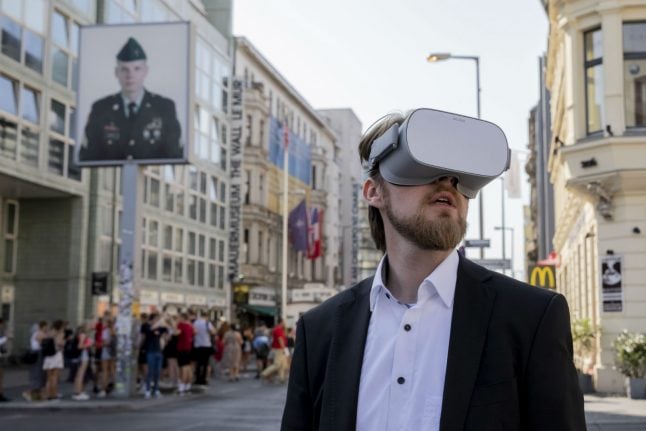
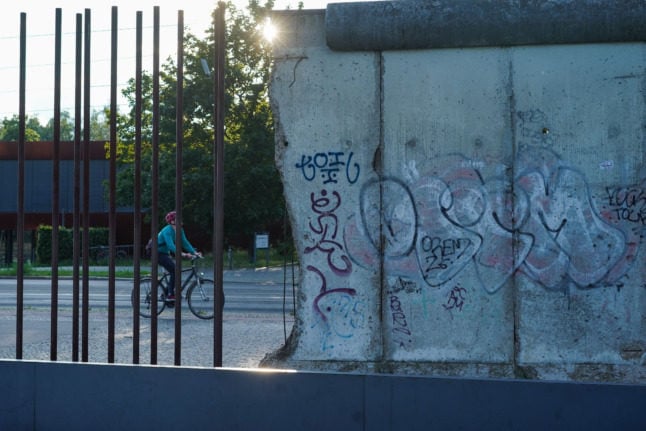
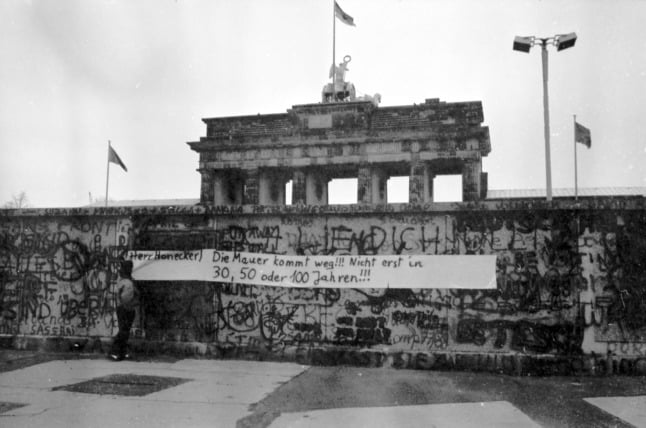
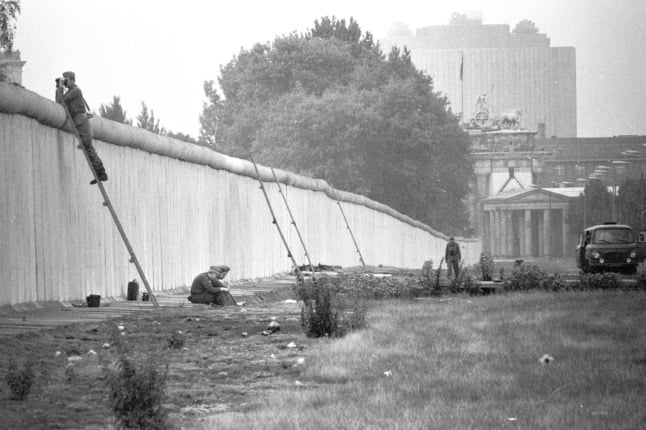
 Please whitelist us to continue reading.
Please whitelist us to continue reading.
Member comments